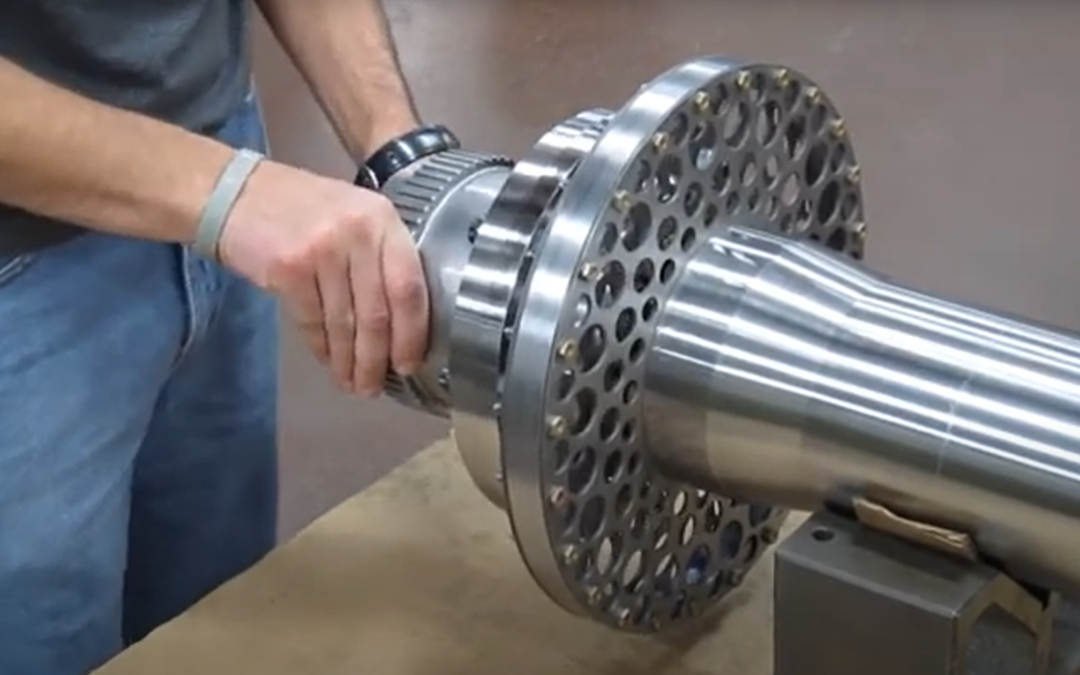Stay In The Know!
Sign up for “Misaligned and Running Fine” emails to get the inside scoop on everything Coupling Corporation of America. Be the first to know about new products, success stories and special events throughout the year.
"*" indicates required fields

